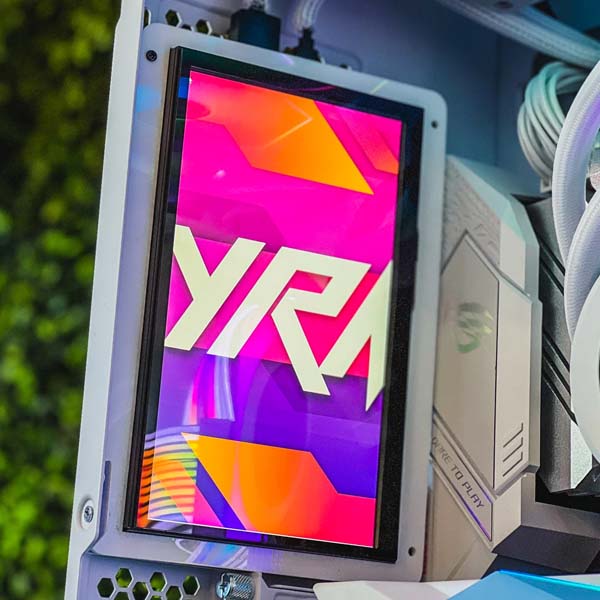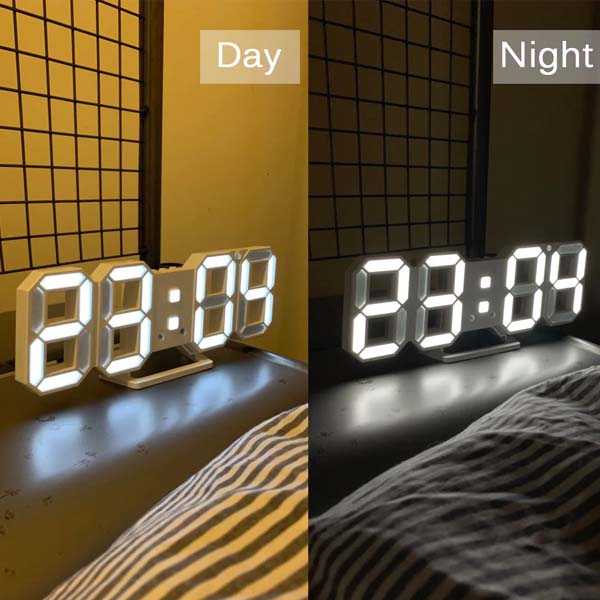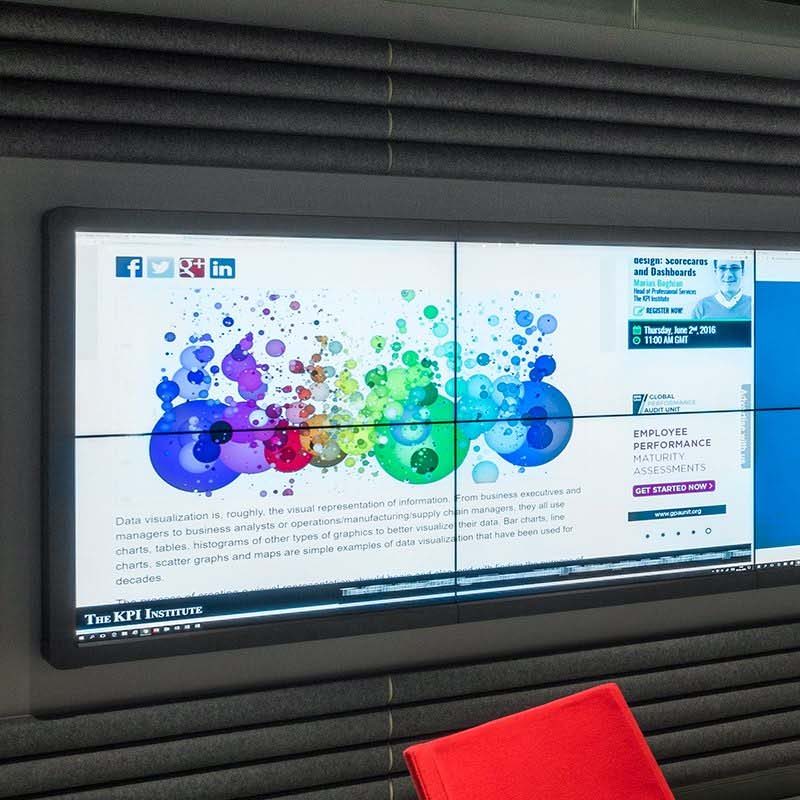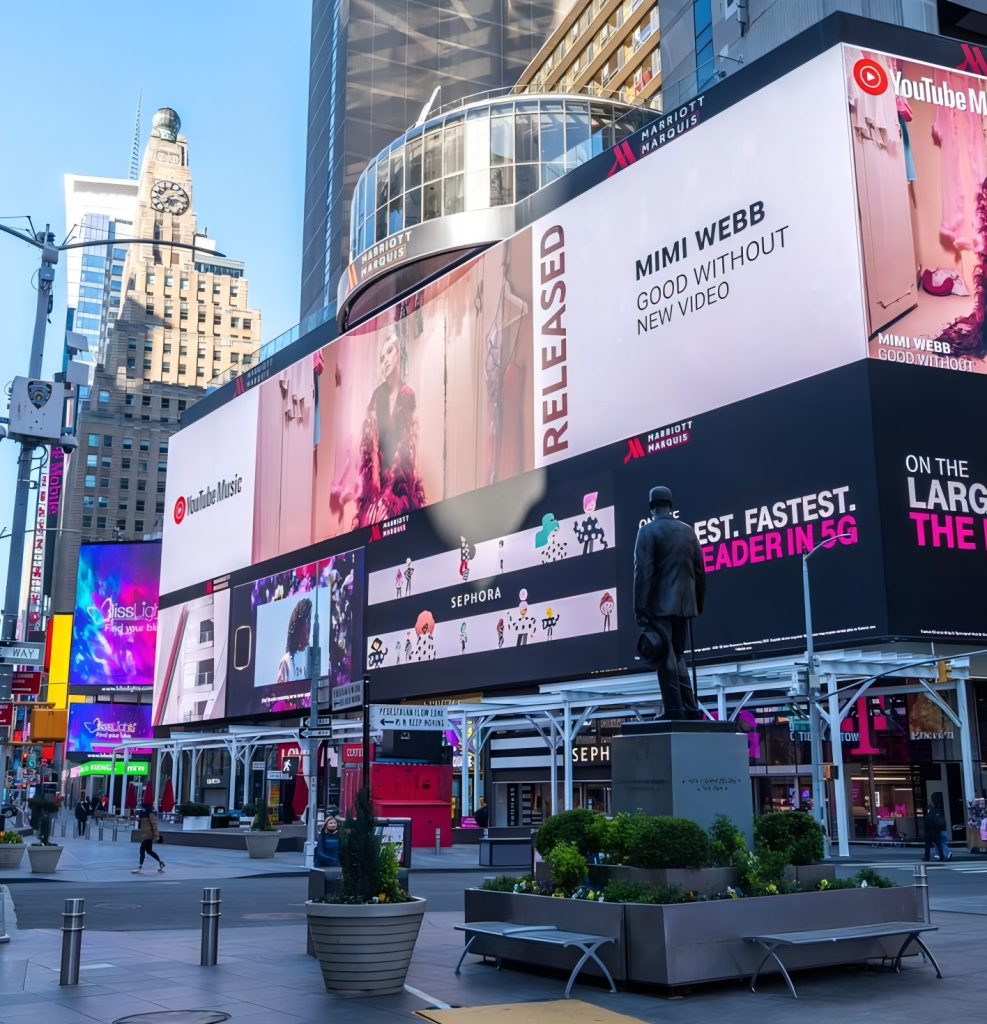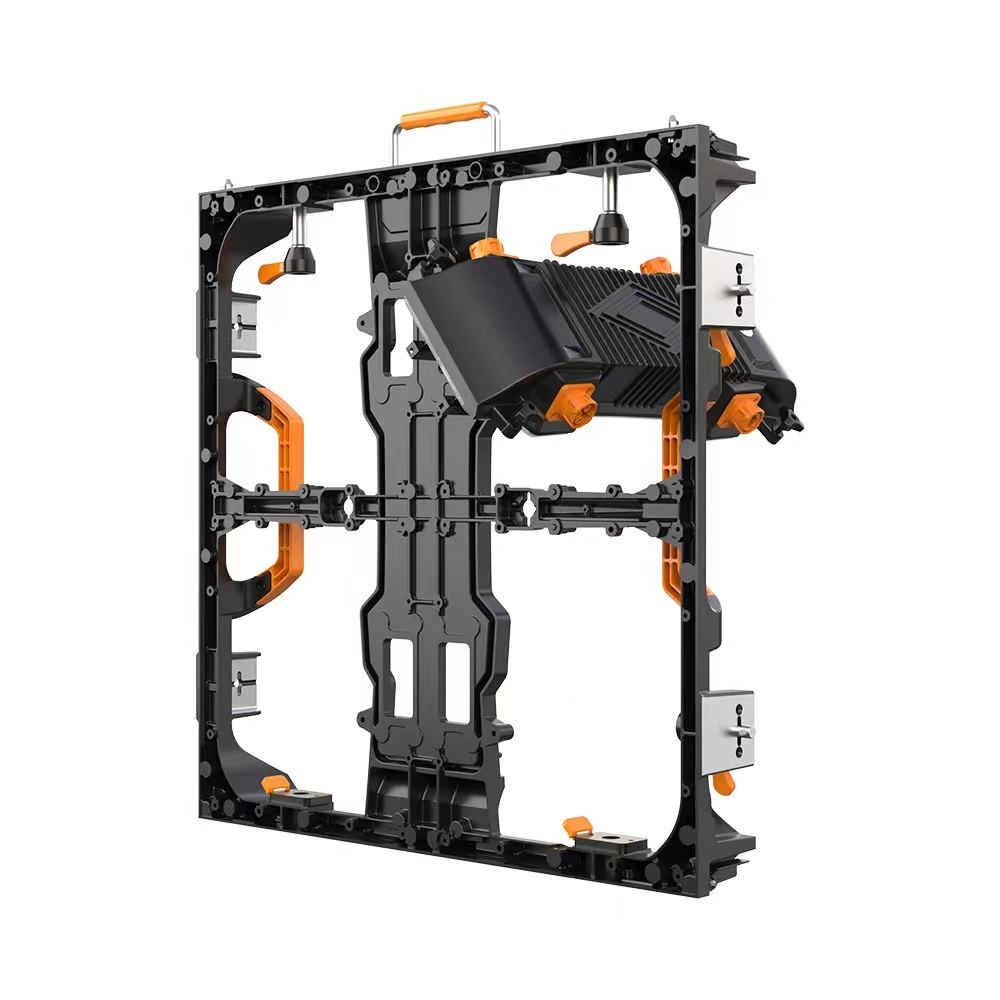Introduction
In the battle for public attention, static billboards and online banners are facing fierce competition—from moving vehicles. Taxi LED Displays, also known as taxi top screens or mobile DOOH (Digital Out-of-Home), are rapidly becoming one of the most effective ways to reach consumers in real time and space. These bright, programmable LED screens turn ordinary taxis into moving advertising platforms—extending brand visibility far beyond fixed-location media.
As smart cities evolve and programmatic advertising takes over outdoor campaigns, taxi LED displays offer unmatched flexibility, mobility, and data-driven targeting. In this article, we explore how these mobile screens are transforming advertising and how KSSDISPLAY is helping brands scale mobile LED fleets across the globe.

What Are Taxi LED Displays?
Taxi LED displays are roof-mounted LED screens installed on top of vehicles, typically taxis or ride-share cars. Built for outdoor, 24/7 operation, these displays are:
Weatherproof (IP65+)
Bright enough for daylight (≥3000–5000 nits)
Remotely controllable via cloud-based CMS
Programmable by location, time, traffic, or audience profile
Some advanced units are double-sided, support video or animation playback, and include GPS and 4G modules for real-time data sync.
Why Taxi LED Displays Work for Modern Advertising
1. High Urban Reach
Taxi screens reach commuters, pedestrians, and passengers in traffic-heavy zones—especially in major metros where taxis pass through high footfall areas like malls, airports, and business districts.
2. Mobility Means Exposure
Unlike static billboards, taxi displays move with the city. They reach multiple demographics across different neighborhoods within a single day, maximizing ad exposure.
3. Location-Based Targeting
Modern taxi LED networks use geofencing and GPS triggers to show context-aware ads—e.g., fast food near lunch hours or tourism ads near airports.
4. Dynamic, Real-Time Content
Via cloud CMS, advertisers can switch messages by weather, time of day, or events. Campaigns can be run across hundreds of taxis with just a few clicks.
5. Cost-Effective Compared to Traditional DOOH
Campaigns on mobile screens typically cost less than high-rent digital billboards while offering similar impressions, plus more flexibility and data insight.
KSSDISPLAY Case Study: Building a Smart Taxi LED Fleet in Istanbul
In 2022, KSSDISPLAY partnered with a Turkish digital media agency to deploy over 500 taxi LED screens in Istanbul.
Features:
Dual-sided P3.33 outdoor LED panels (960×320 resolution)
IP66 waterproof design with anti-vibration brackets
4G/5G real-time control with GPS fleet tracking
Smart brightness adjustment for day/night driving
CMS with heatmap ad scheduling and programmatic bidding support
Results:
2.1M impressions/month during initial 90-day pilot
Average engagement time: 5.4 seconds per viewer
37% lift in ad recall vs. static DOOH benchmarks
Best Practices for Taxi LED Deployment
| Key Factor | Recommendation |
| Brightness | ≥3000 nits for urban daylight |
| Resolution | P3.33 or finer for close-up legibility |
| Weather Rating | IP65–IP66 for all-weather durability |
| Connectivity | 4G/5G + GPS + Wi-Fi sync |
| Power System | Car battery integration with low-draw tech |
| Control Platform | Cloud CMS with scheduling and analytics |
| Certification | Road safety, vibration, and EMC tested |
Why KSSDISPLAY for Taxi LED Projects
KSSDISPLAY offers full-spectrum taxi LED display solutions, including:
Lightweight, anti-shock aluminum shell enclosures
High refresh rate LED modules (≥3840Hz)
Solar-assist and low-voltage consumption for car battery protection
Easy-access maintenance design with modular replacement
CMS integration with multi-language support and API access
We’ve powered fleets in:
Seoul and Busan (Korea)
Dubai and Riyadh
Jakarta, Bangkok, and Ho Chi Minh City
How Taxi LED Fits Into Programmatic DOOH
Programmatic DOOH (pDOOH) uses real-time bidding and automated buying platforms to place ads across available screen inventory—including taxi screens. Benefits include:
Audience-based targeting by geolocation or behavior
Ad rotation based on time/weather/traffic
ROI measurement via QR scans or tracking URLs
Integration with omni-channel digital campaigns
Trends Driving the Growth of Taxi LED Displays
Smarter City Media Planning: Governments supporting mobile DOOH to reduce cluttered billboard zones
Fleet Partnerships with Rideshare Platforms: Uber, Grab, Bolt drivers earning extra via LED rentals
Data-Driven Scheduling: Ad content aligned with live traffic flows or events
Green Power Optimization: Solar panels and battery-preserving modules
Hybrid Taxi + Interior LED: Combining roof-top displays with in-vehicle screens for dual impact
Conclusion
Taxi LED displays combine the power of mobility, smart data, and vivid digital content—making them a winning channel in modern out-of-home advertising. As cities get smarter and streets get busier, these displays offer advertisers the ultimate mix of flexibility, scale, and contextual relevance.
With a global track record and turnkey product lines, KSSDISPLAY helps agencies, municipalities, and fleet operators transform taxis into media platforms—bright, reliable, and always on the move.

